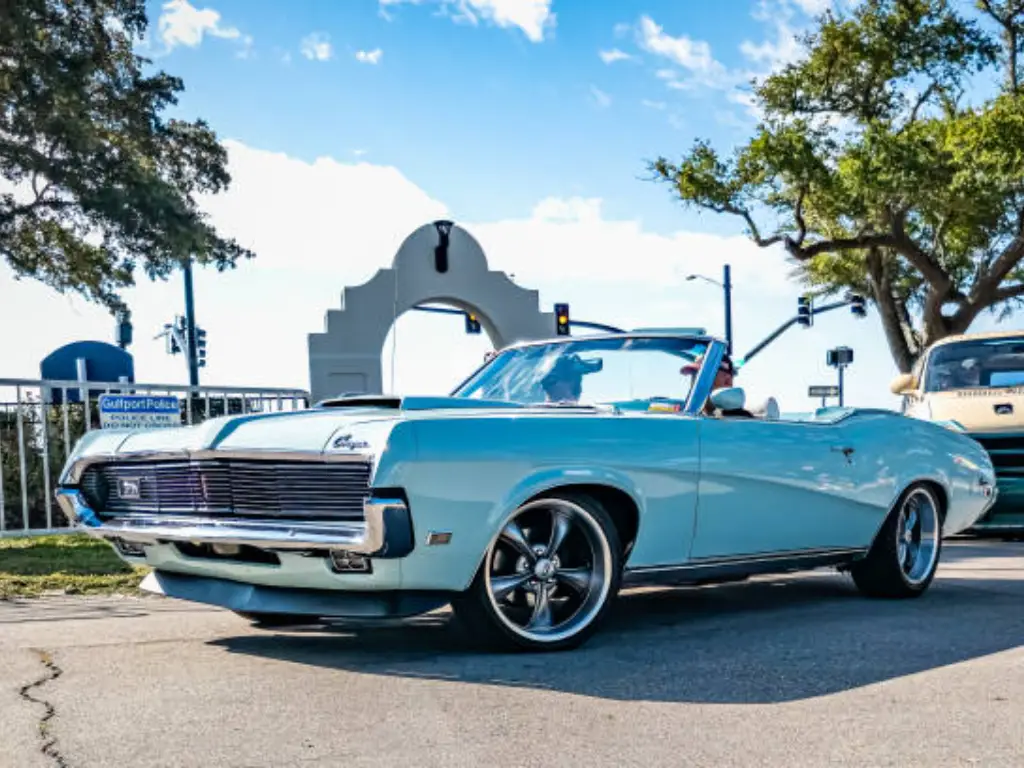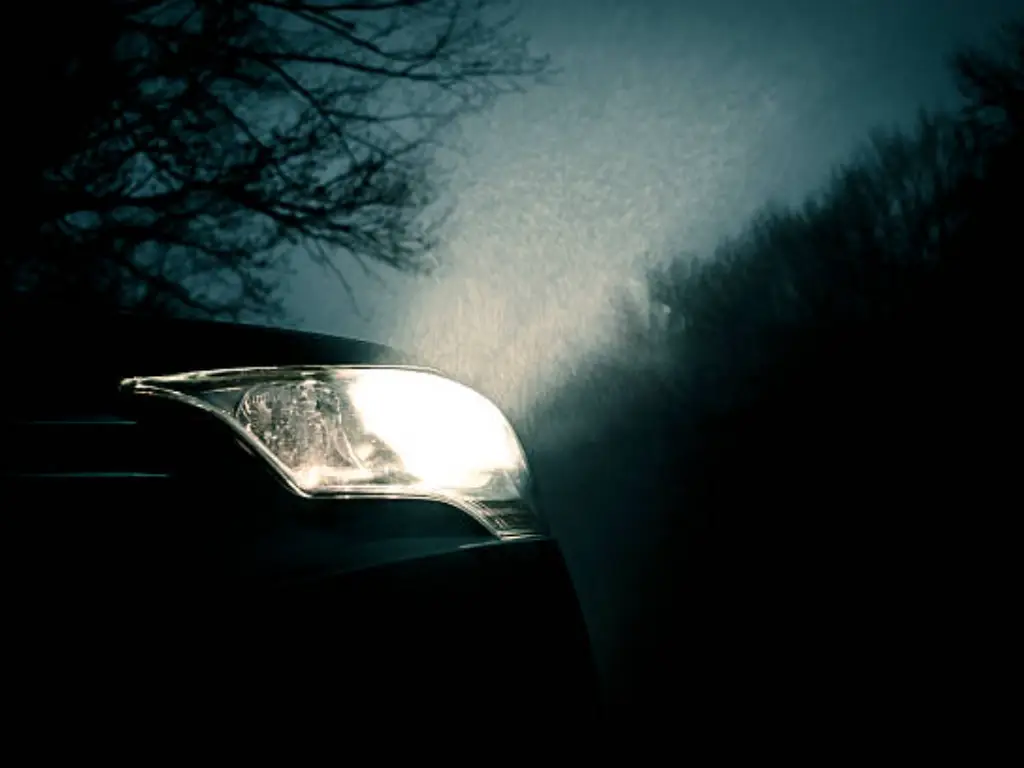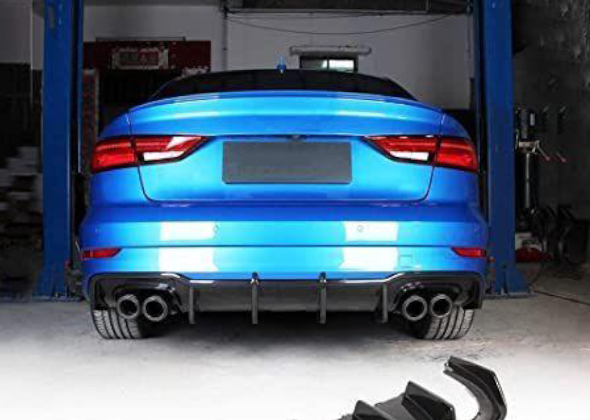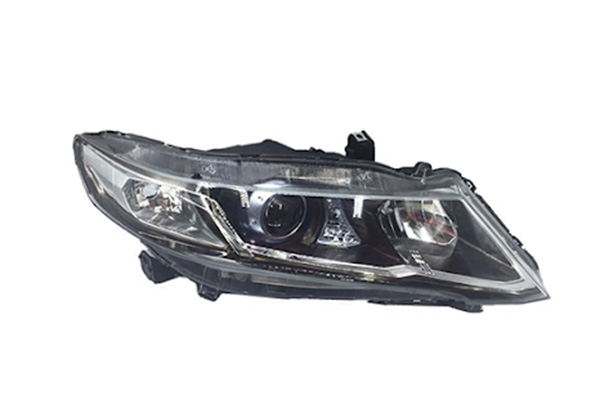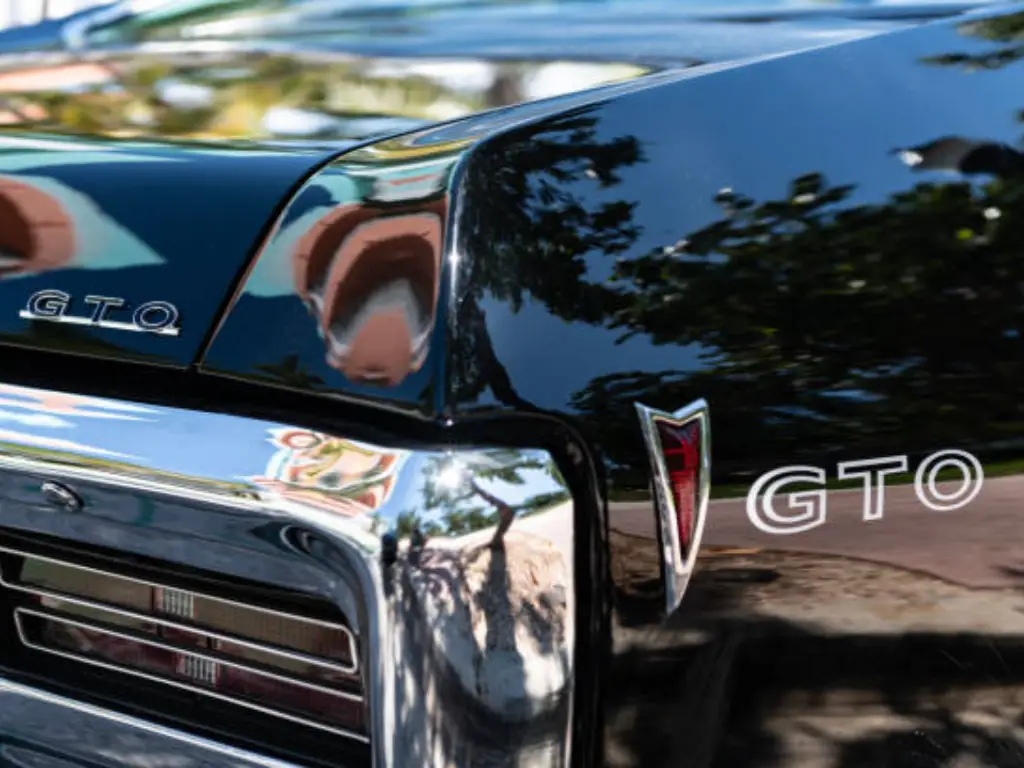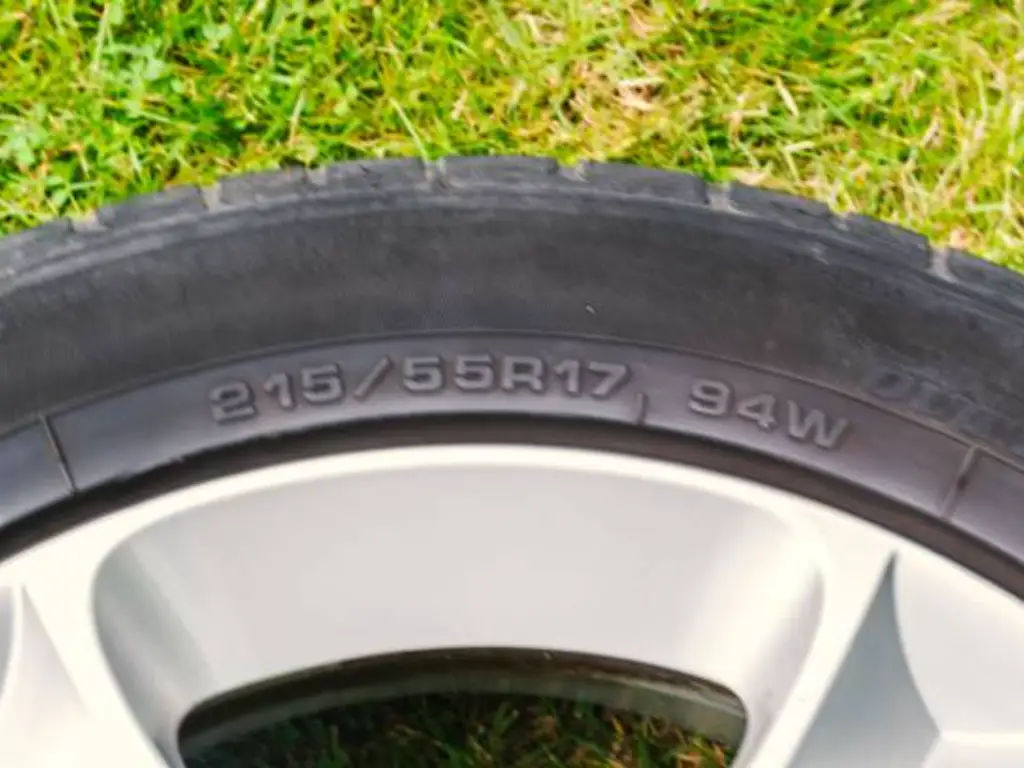
Why “Will It Fit?” is the Most Expensive Question in Automotive
It is the first question all car owners will one day ask themselves after having located the wheels: “Will they fit?
Answering this question incorrectly is costly. A near-fit wheel will result in restocking charges of up to 20-30% at the most. At worst, it may result in disastrous suspension failure, tires blowing, or permanent vibration that makes the driving experience a nightmare – particularly when you are swapping tires of different sizes, or when you do not even bother checking your actual tire measurements.
A wheel is not just a cosmetic element; it is a load-carrying and important element. Fitment requires millimeter accuracy, and an understanding of the most effective method of confirming that accuracy can save money and lives.
This manual will reveal to you how to get a good fit, be it a modern car or a vintage one. We shall discuss all you need to know to migrate out of Will it fit? to “It fits perfectly.”
The Fast Way: Find Your Car’s Wheel Size in 60 Seconds
In the majority of vehicles manufactured within the past 25 years, it is easy to locate the original equipment (OEM) specifications. This is what online tools, such as a tire size calculator, are based on to confirm compatibility with an upgrade of wheels or tires, and also your starting point in a flawless, safe fit.
Method 1: Check Your Vehicle’s Placard (The Door Jamb Sticker)
This is the most credible source. Elevate your driver door and locate the sticker of the tire and loading information on the door jamb (the B-pillar). It will include the factory tire sizes (e.g., 16×6.5J) and frequently the rim size (e.g., 16×6.5J). 16 is the tire radius in inches, and 6.5 is the radius in inches.
Method 2: Decode Your Owner’s Manual
In case of the absence of the placard or its illegibility, refer to your owner’s manual. The closest to the end is the “Specifications” or the “Wheels and Tires” section, which will list all wheel and tire combinations – rim size and tire width (among others) – of your particular model and trim. It is also effective in the cross-checking of the results of a tire size calculator prior to purchasing the aftermarket wheels.
Method 3: Read the Markings on Your Existing Wheels/Tires
The sidewall code of your tire (e.g., 225/45R18) indicates the diameter of its wheel. In this case, 18 inches.
To determine the complete specifications, such as width and offset, it is necessary to look inside the wheel. The information is usually marked on the rear of spokes or inner barrel ( e.g, 18×8.5J or ET35 ). This involves taking off the wheel; however, it would be the easiest way to view what is currently on the car.
Beyond Diameter: The 5 Key Specs You MUST Get Right
This is the point that makes the majority of buyers make a very serious error. It is not sufficient that the diameter and the bolt pattern match. Puzzle of Fitment is 5-dimensional. Any of these specifications that are misplaced will mean the incorrect fitting of the wheel.

1. Bolt Pattern (PCD): The Non-Negotiable Match
The Pitch Circle Diameter (PCD) is the pattern of the lug holes. It is given as (Number of Holes) x (Diameter of the Circle).
- Example: 5×114.3mm = 5 holes in the lugs of a circle 114.3 mm in diameter.
- Why it Matters: This is not something to be bargained about. A 5×112 wheel will not fit a 5×114.3 hub. Any little deviation renders them unsuitable. Attempting to strangle it will cause the studs to break and a safety disaster.
2. Wheel Offset (ET): The “Hidden” Fitment Killer
The offset is the distance (in millimeters) between the face on which the wheel is mounted and the actual centerline of the wheel. It’s often stamped as “ET.”
- Positive Offset (+): The face that the mount is attached to is ahead of the centerline, pushing the wheel inwards (as with most modern FWD vehicles).
- Negative Offset (-): The mounting face lies behind the centerline and causes the wheel to be forced out of the car (as was common with classic muscle cars).
- Why it Matters: When there is too much positive offset, it strikes your brakes or suspension. Excessive negative feedback (or excessively low) strikes your fender.
3. Center Bore: How Your Wheel Stays Centered & Vibration-Free
This is the big hole situated in the center of the wheel that fits around the matching raised lip on your car hub assembly.
- Why it Matters: This hub-centric design forms the center of the wheel in front of the lugs being screwed and carries the weight of the vehicle in such a way that the vehicle rides smoothly without any vibrations.
- The Trap: Most aftermarket wheels are lug-centric (with a large common bore), which only uses the lug nuts for centering. It usually leads to vibrations, which are difficult to diagnose over highways (55-70 mph).
4. Width & Diameter: Balancing Looks with Clearance
These are the apparent specifications that will dictate the general size of the wheel and which tire to put on the wheel. In cases where the plus sizing (such as changing 17-inch wheels to 18-inch) is done, a tire with a lower profile sidewall will have to be used in order to maintain the same overall rolling diameter. Otherwise, it may result in an inaccurate speedometer, ABS, and traction control system, and tire rubbing.
To aid in monitoring these important specifications, the following is a table of these important specifications on a quick-reference basis:
| Specification | What It Is | Example | Why It’s Critical (Risk of Getting It Wrong) |
| PCD (Bolt Pattern) | Number of holes & diameter of the circle they form. | 5x114.3 | Safety: The wheel will not mount to the hub. Forcing it will break studs. |
| Offset (ET) | Distance from mounting face to the wheel’s centerline. | ET35 | Clearance: Will hit suspension (too high) or fender (too low). |
| Center Bore | The large hole in the middle of the wheel. | 72.6mm | Ride Quality: If too large (lug-centric), causes vibration. If too small, will not mount. |
| Width | The width of the wheel barrel (in inches). | 8.5J | Fitment: Determines tire size and clearance from suspension. |
| Diameter | The diameter of the wheel (in inches). | 18" | Fitment: Must be matched with the correct tire profile to fit the wheel well. |
What Happens When Wheels Almost Fit?
The most hazardous ones are the ones in which the wheels appear to fit, yet they are not technically correct.
A wheel that has too much center bore (e.g. 73.1mm wheel on a 66.1mm bore) and no hub-centric ring would result in a shimmy at 60 mph. This is not only irritating but puts enormous shear pressure on your lug studs that should be clamped. This can cause studs to snap.
The wheel may even appear fine in your driveway, should the offset be off by only 5-10 millimeters. But the first time you round a long curve or bump you go over, you will hear your tire scraping the fender.
Wheel fitment does not have a close enough fit. It is either right or wrong.
A Special Challenge: What Size Wheels Fit My Classic Car?
The above methods are applicable in a 2018 Camry, and so what is the case with a 1967 Pontiac GTO? In the case of classic cars, the Fast Way is a dead end.
- There is no door placard.
- The manual of the owner (when it exists) is mostly vague.
- Car history is unknown and is 50+. Has the axle been swapped? Is a disc brake conversion done in the hub?
In the case of classics, the correct wheel is no longer something one can look up; it is an engineering problem. A forum providing specifications on stock is a gamble because you do not know whether your car is still in stock.
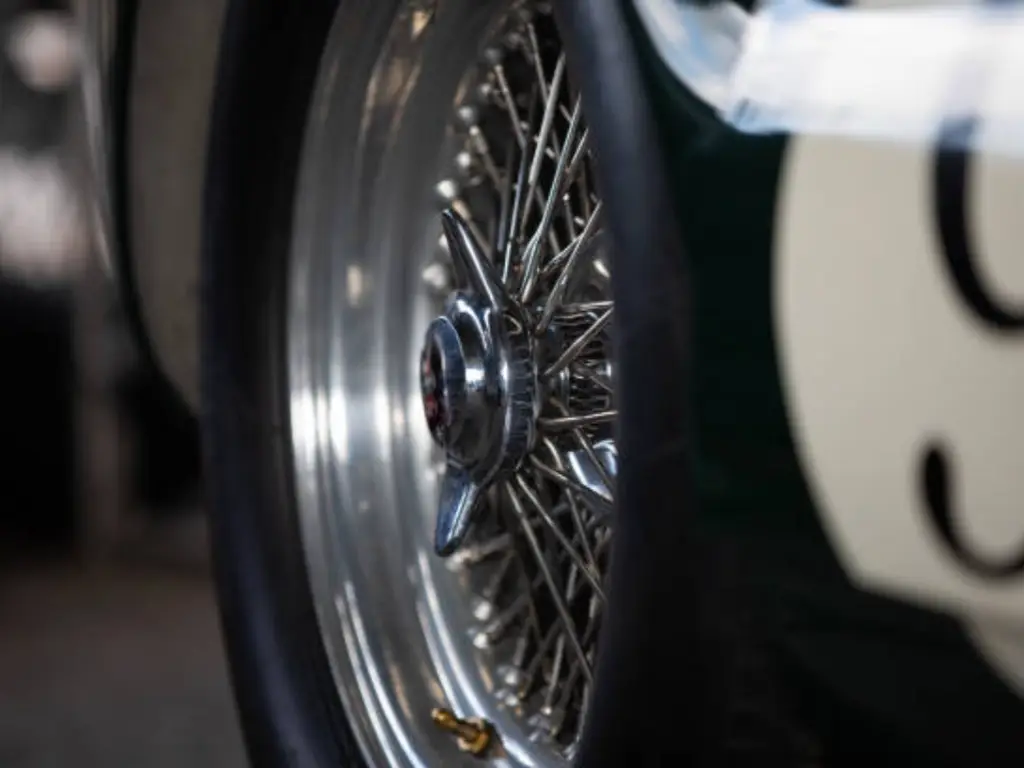
Sunway’s Solution: Expert Fitment for Your Vintage Vehicle
This is what Sunway Autoparts has resolved since the year 2007. In the case of high-value classic restorations, there is no option of guessing. You need fitment certainty.
Our niche is in the production of top-tier components of classic cars in the 1920s to 1990s, such as the classic Ford, Pontiac, and Chevy models. We offer a solution in totality. We have almost 200 trusted suppliers with a network, we can either:
- Get hundreds of various, difficult-to-find standard components for your classic.
- Create custom-tooled solutions to your needs.
Importantly, the problem of the rare and brittle is solved critically. Our parts are OEM in appearance and fit, but are made of higher modern materials and quality control. This makes it look like it was actually used in the period, but it is also reliable and can last longer than the original 60-year-old.
In the case of our restoration shop and wholesaler associates, this represents a dependable, quality-managed inventory source- a remedy that eliminates the widest and most unpredictable ingredient in any classic car endeavor: the parts.
How to Manually Measure Your Classic Car’s Fitment
When using hands-on restorers, the surest way is to measure the car personally. You will require a tape measure, a straight edge, and hopefully a pair of digital calipers.
- Measure Bolt Pattern (PCD):
- 4/6-Lug: Measure the center-to-center of opposite studs.5-Lug: This is trickier. Measure the distance between the center of each stud and the back of an adjacent stud (exclude one).
- Measure Backspacing (to find Offset):
- Place the wheel face down.
- Take a straight line over the whole back lip of the wheel.
- Measured down the straight line to the face of the wheel in which it is mounted. This space is the Backspacing.
- Calculate Offset:
- First, find the wheel’s centerline (Total Wheel Width / 2).
- The formula is: Offset = Backspacing – Centerline.
- If the backspacing exceeds the centerline, then it is a positive offset. When it is less than, you have having negative offset.
Don’t Forget: Hub-Centric Rings & Lug Nuts Also Matter
At the point where you measure and source parts, you will find two more important items:
- Hub-Centric Rings: When the replacement wheel has the right bolt pattern, the offset, however, the center bore is larger, then you need a hub-centric ring. Such a small plastic or metal ring fits in the gap and renders the wheel hub centric once more, avoiding these harmful vibrations and stress of the stud.
- Lug Nut Seats: Lug nuts come in different varieties. A special seat (e.g., Conical, Ball, or Mag) in the wheels is designed to hold the nut. To put conical nuts on a ball-seat wheel (vice-versa) is to ensure that the nut will not torque correctly down the wheel, and will subsequently loosen, resulting in the wobbling of the wheel and failure.
Conclusion
Determining the size of wheels that suit your car is a 60-second examination on a modern car, and a complicated problem of geometry in a vintage car.
To the contemporary car owner, the answer is not only obvious but is also quite simple: You know what you are getting (PCD, Offset, Center Bore, Width, Diameter) based on your car placard or manual, now go out and buy it, because that is the only way you will not be surprised and have your actual tire statistics to match your new installation.
To the classic car lover, restorer, or distributor, it is a road of uncertainty. The decades of changes and missing information render the stock an illusion. Your answer is either painstaking manual effort or collaboration with an expert with the ability to work with the dangers of installing different sized tires on old suspensions.
It is our hope that this guide has enabled you to get the best safe fit for your vehicle. And if your project involves a classic, don’t leave its fitment to chance. Call us at Sunway Autoparts, and we have been ensuring the right fit in the old cars for decades.

